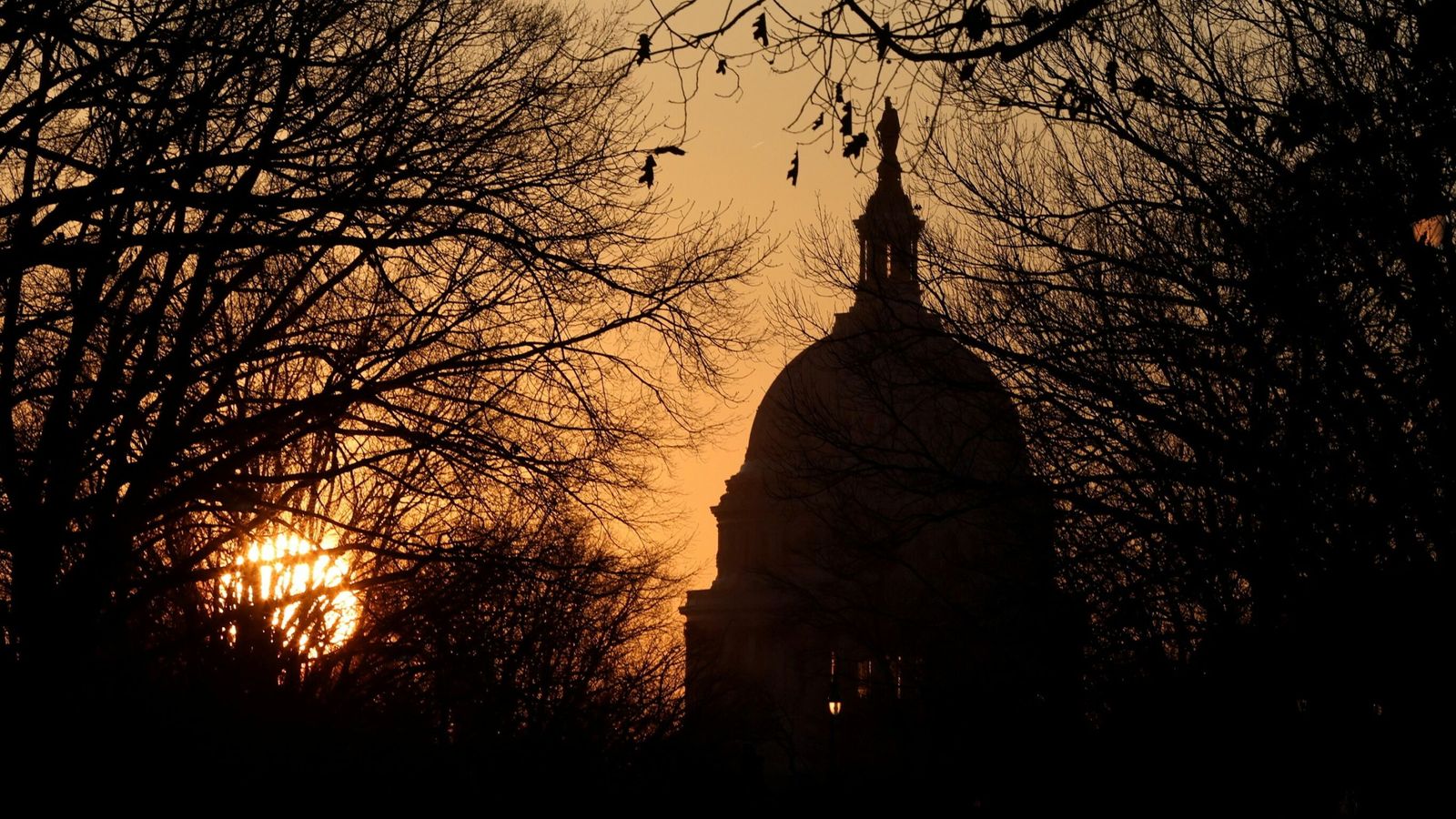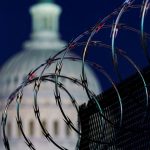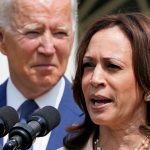An American government shutdown? By tonight? With global financial ramifications? It sounds dramatic to say the least.
Haven’t we heard all this before in years gone by? Is this different? What’s going on and should we all be worried?
A warning first – it’s complicated, but bear with me…
What is a government shutdown?
A shutdown of the federal government means that all non-essential functions of government are frozen. This will affect everything from social security to air travel to national park access.
Federal agencies are dependent on funding being approved by Congress to allow the president to sign budget legislation for the fiscal year ahead. If they can’t approve funding (because of political differences – and America is so bitterly divided at the moment) then those agencies are forced to shut down. This means that workers can’t go to work and are not paid.
Essential services like air traffic control and the national grid will, of course, continue to operate. But other associated services won’t, meaning that across many areas of society there will be a significant impact.
A full shutdown could affect about 850,000 of just over two million federal workers. At airports, queues would be much longer; for the hungry, “food stamps” would not be issued; mortgage and small business loans would be delayed, and so on.
Why does all this sound familiar?
Because it’s happened before, numerous times. Since the mid-1970s, there have been 20 shutdowns or funding gaps for Americans to contend with.
In 1995, the government shut down for nearly a month when the Clinton administration and the Republican-led congress failed to agree on the level of government spending.
Most recently, in 2018, Democratic politicians refused to pass a Trump-led spending plan to fund his disputed southern border wall. The shutdown then lasted 35 days.
So everything turned out alright back then. Why should things be different this time?
Well, first of all, things didn’t exactly turn out fine in the previous shutdowns.
The 2018 funding gap cost the US economy about $11bn in worker productivity. It dented America’s reputation as a stable, functioning global financial leader, and it obviously had a huge impact on government spending plans, delaying legislative agendas.
It’s estimated that 1% of GDP is lost for every two weeks that the government is shut down.
The hope is that this time, consensus will be found, a budget can be agreed, and the moment will pass.
So why is this happening?
It’s all about the level of debt in the federal government; the amount of money lawmakers are prepared to allow the federal government to borrow.
The House of Representatives, controlled by President Joe Biden’s Democrats, has agreed already to allow for the funding of federal agencies until December. But in the other house of Congress – the Senate – Republicans are not comfortable with a plan to raise the debt ceiling.
The Democrats have a majority of one in the Senate.
Please use Chrome browser for a more accessible video player
What impact would the shutdown have beyond America?
One key concern this time is the prospect of the US defaulting on its debts.
According to the Bipartisan Policy Centre, the US Treasury will probably be unable to pay its bills within a few weeks. It would be the first time in US history that the country has defaulted on its debts. It would weaken a nation at a time when its global standing is already increasingly dented.
And when the American economy shudders, we all feel it; the global economy is weakened.
Investment bank Goldman Sachs has described the stand-off as “the riskiest debt-limit deadline in a decade”.
So what should we watch for over the coming hours?
All eyes will be on the Senate to see if the vote will avert the shutdown.
Late on Wednesday evening, the House of Representatives voted to kick the can down the road, allowing for a temporary extension to the public debt limit.
In a statement, the House Ways and Means Chairman, Democratic Party member Richard E Neal, said: “Today, Democrats did what was necessary to preserve the full faith and credit of the United States. This shouldn’t have been a partisan matter; in fact, Congress has addressed the debt limit more times under Republican presidents than under Democratic presidents. Yet today, we had to meet the moment alone.
“Our actions will save the country from financial ruin and allow the government to pay its debts. With the clock rapidly ticking towards default, it’s time for the Senate to pass this measure and protect the American people and economy from experiencing yet another disastrous crisis.”
Is it actually likely to happen?
Hopefully not – watch for a fudge or a can kick. But a divided America is represented on Capitol Hill, where politics is extremely fractious, stubborn and unpredictable.
Anything else?
Unfortunately, yes. Wrapped up in all this is Mr Biden’s whole legislative agenda. It’s in jeopardy, and it’s a problem created by his own Democratic Party.
At the centre of the platform on which Mr Biden was elected (and on which he rests his prospects of re-election in a few years’ time) is his $1.2trn dollar infrastructure bill to transform America – to “Build Back Better” as the slogan said. It enjoys bipartisan support.
But progressive, left-leaning Democratic Party members have said they will not vote through his infrastructure bill unless it’s attached to a separate $3.5tn spending plan focused on healthcare, childcare and the climate crisis. More centrist Democrats are not happy about that.
The future of both bills now lies with senators like Joe Manchin and Kyrsten Sinema who object to the size of the social spending package, saying it represents government overreach and will drive up the national debt.
The prospect of both bills falling into the legislative paper shredder is real. Remember – the Democrats have razor-thin majorities in both the Senate and the House of Representatives.






















